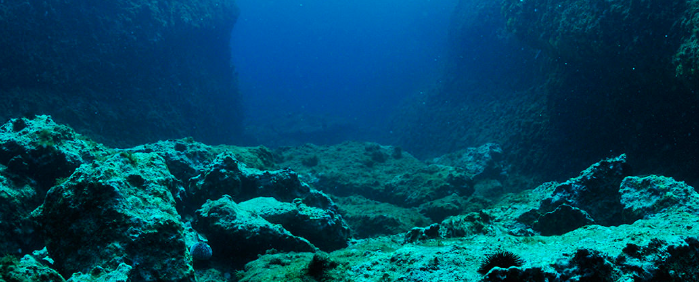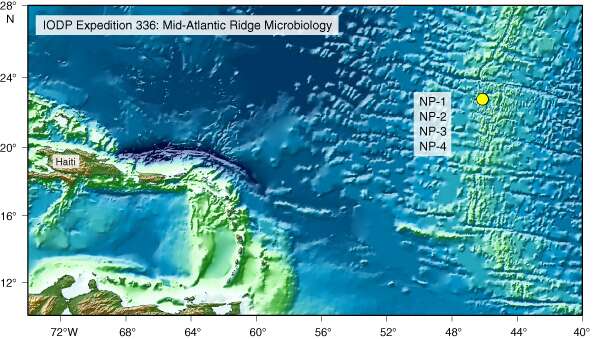
Difficult to access, the bottom of the oceans remains today largely unknown while it shelters the largest ecosystem of the planet, within the oceanic crust, under marine sediments. An unexplored environment that an international drilling program is beginning to reveal.

The oceans cover more than 70% of the surface of the Globe. Yet knowledge of the seabed remains limited. The great depths and the high pressures make their exploration difficult. The ocean floors are mostly composed of sediments that can house organisms in large numbers: they would house one third of the total biomass of the Earth .
But this would only be the tip of the iceberg: these sediments are based on an oceanic crust composed of basaltic rocks coming from the cooling of the magma that interferes between two divergent tectonic plates . Part of this crust would be habitable by microorganisms . This zone would have a volume ten times greater than that of the sediments! Yet, it remains almost unexplored and therefore unknown to science.
The International Ocean Drilling Program ( IODP ), in which France is actively involved, has decided to tackle this problem. An expedition named ” Mid-Atlantic Ridge Microbiology ” took place during the months of September to November 2011, on the ship Joides Resolution . The objective of this mission was to put in place the necessary equipment for the realization of the scientific experiments. The study site is located in the area called ” North Pond” , on the west side of the medioatlantic ridge .
Oceanic crust, the largest ecosystem
Two experimental devices (called Cork for Circulation Obviation Retrofit Kits ) were embedded in the ocean floor, at a depth of 4,400 meters, thanks to drilling done from the ship. They contain many devices measuring pressure, temperature and analyzing liquids and bacterial fauna . In term life of 10 years, they will be used to study the biological activity of sediments and basaltsunderlying for at least 5 years. In addition, samples of basalts and sediments were collected during the setting up of the underwater laboratories .
This video presents the Corks set up by the Mid-Atlantic Ridge Microbiology Expedition in the second half of 2011. The results will provide valuable information on the biological communities living in the oceanic crust. © OceanLeadership, Youtube
In concrete terms, future experiences should provide answers to three questions:
- What is the nature of the microbial fauna of the oceanic crust ?
- What is the origin of the biological communities encountered?
- What is their role in the weathering of the oceanic crust?
Many valuable insights into the nature and extent of life of the oceanic crust are expected to be available soon, which will help to better understand the functioning of the world’s largest ecosystem . Scientists also hope to understand the role of bacteria on the morphology of oceans and on oceanic crusts during training. The results are therefore eagerly awaited.